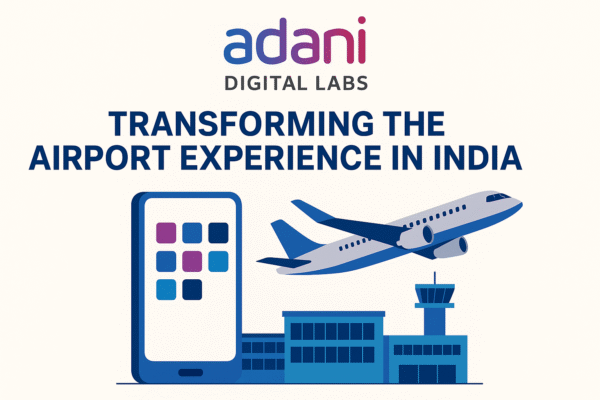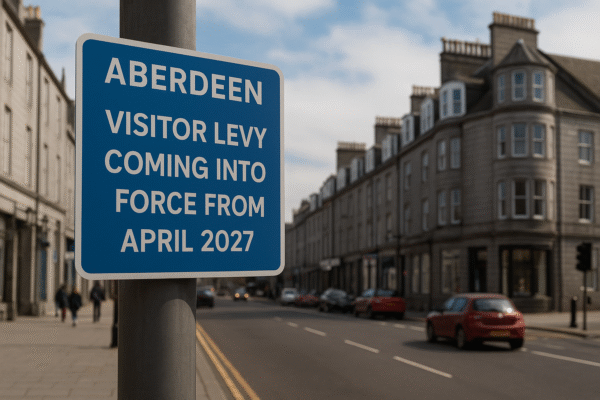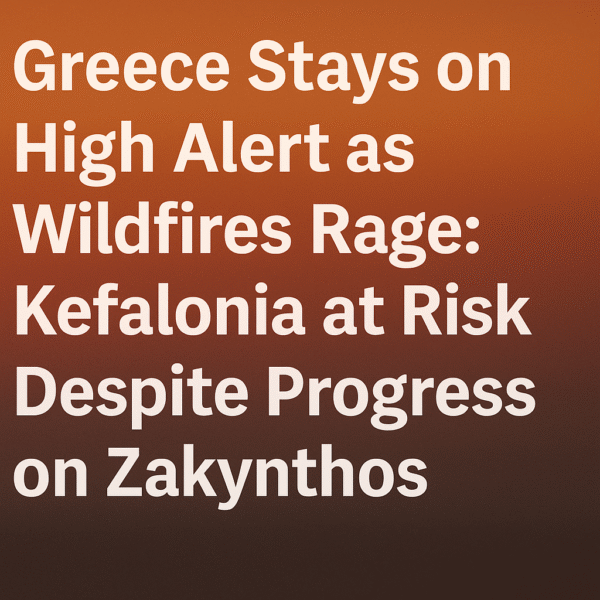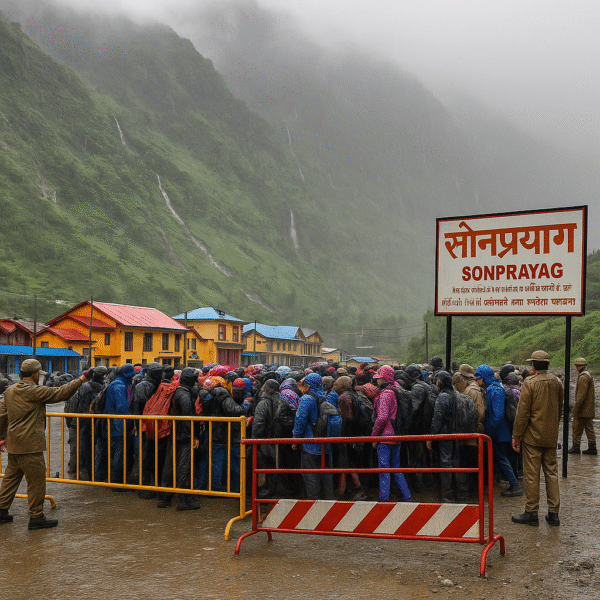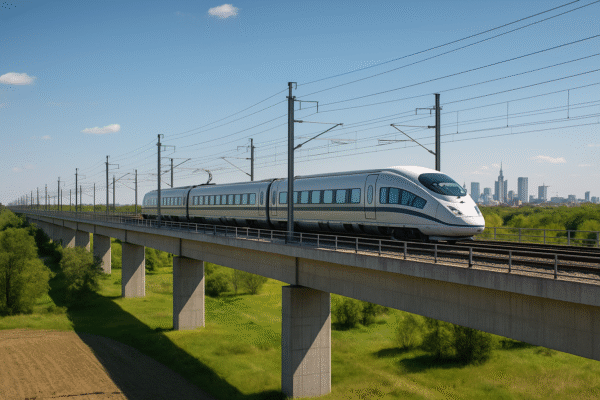Poland Accelerates High-Speed Rail “Y-Line” and CPK Hub to Transform Travel Across Central Europe
Poland is launching one of the most ambitious transport upgrades in Europe, designed to revolutionise both domestic mobility and international tourism. At the heart of this transformation are two game-changing projects: the high-speed “Y-Line” railway and the Central Transport Hub (CPK). Together, they will reshape how people travel across Poland and into neighbouring countries.
The “Y-Line”: High-Speed Rail Connecting Key Cities
The “Y-Line” will stretch approximately 480 kilometres, linking Warsaw, Łódź, Wrocław, and Poznań in a high-speed network. Built for train speeds of 320–350 km/h, it will dramatically reduce journey times. Warsaw to Wrocław will drop from around three hours to just 60 minutes, while Warsaw to Poznań will take under 100 minutes. Even shorter routes, such as Warsaw to Łódź, are expected to be reduced to about 40 minutes.
A central component of this route is the planned 4.6-kilometre railway tunnel under Łódź—the widest and longest of its kind in Poland—which will allow high-speed trains to pass smoothly beneath the city. Construction is scheduled to begin in 2026, marking a major milestone in the project.
Central Transport Hub (CPK): A Seamless Gateway
The Central Transport Hub will be far more than an airport. Located between Warsaw and Łódź, it will integrate air, rail, and road connections into one cohesive transport system. The new airport terminal is scheduled to open by 2032, and the first high-speed rail segment from Warsaw to Łódź will launch alongside it.
Passengers arriving at CPK will be able to board high-speed trains directly from the airport. Travel times to central Warsaw will be around 20 minutes, while Łódź will be reachable in just 30 minutes. Longer trips, like those to Wrocław or Poznań, will take less than an hour, making multi-city travel in a single day a practical reality for tourists and business travellers alike.
Economic and Tourism Impact
The “Y-Line” and CPK are expected to become key drivers of tourism growth. Faster travel will allow visitors to explore more destinations in less time, encouraging longer stays and greater spending across Poland’s regions.
Cities such as Wrocław, known for its historic architecture, and Poznań, famous for its cultural festivals, will become even more accessible. The ease of moving between urban centres will also support conference tourism, cultural exchanges, and regional events.
Strategic Partnerships and Funding
The development is backed by significant European Union funding, as part of efforts to modernise Central Europe’s transport networks. International expertise is also playing a vital role, with design and engineering support from experienced global partners. These collaborations ensure that Poland’s network will meet the highest standards of speed, safety, and efficiency.
The new trains for the “Y-Line” will be capable of operating beyond 320 km/h, with procurement processes beginning soon. Once fully operational, the corridor will support around 100 services per day, covering more than 12 million route-kilometres annually.
Benefits for Travellers
For tourists and business travellers, the projects promise:
- Reduced travel times: Fast links between major cities and tourist hubs.
- Seamless connections: Direct transfers between flights, trains, and roads.
- Affordability: Ticket price increases are expected to be minimal, keeping travel accessible.
- International reach: Direct routes into neighbouring countries, enhancing Poland’s role in the European transport map.
Poland as a Central European Hub
By combining the “Y-Line” with the CPK Hub, Poland is positioning itself as a major transit gateway for Central Europe. The integrated network will make it easier for travellers to connect between Western and Eastern Europe, opening up new tourism and business opportunities.
The projects also align with Europe’s sustainable transport goals, as high-speed rail offers a low-emission alternative to short-haul flights, further strengthening Poland’s position in the continent’s green mobility future.
Conclusion
Poland’s high-speed rail “Y-Line” and the Central Transport Hub represent a bold leap into the future of European travel. By reducing journey times, creating smooth interchanges between air, rail, and road, and offering affordable, efficient connections, these projects will redefine how tourists and locals move across the country.
As construction advances toward the late 2020s and early 2030s, Poland is set to emerge as a central player in Europe’s tourism and transport network, offering visitors faster, easier, and more enjoyable ways to explore the heart of the continent.
For more travel news like this, keep reading Global Travel Wire

